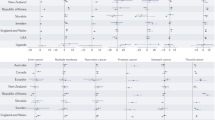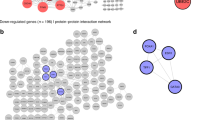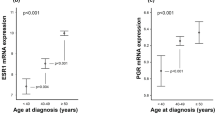Abstract
The multi-stage hypothesis suggests that cancers develop through a single defined series of genetic alterations. This hypothesis was first suggested over 50 years ago based upon age-specific incidence data. However, recent molecular studies of tumors indicate that multiple routes exist to the formation of cancer, not a single route. This parallel route hypothesis has not been tested with age-specific incidence data.To test the parallel route hypothesis, I formulated it in terms of a mathematical equation, confirmed this equation with computer simulations, then tested whether this equation was consistent with age-specific incidence data compiled by the Surveillance Epidemiology and End Results (SEER) cancer registries since 1973. I used the chi-squared goodness of fit test to measure consistency.I found that the age-specific incidence data from most human carcinomas, including those of the colon, lung, prostate, and breast were consistent with the parallel route hypothesis. However, this hypothesis is only consistent if an immune sub-population exists, one that will never develop carcinoma. Furthermore, breast carcinoma has two distinct forms of the disease, and one of these occurs at significantly different rates in different racial groups.
Similar content being viewed by others
Article PDF
Author information
Authors and Affiliations
Rights and permissions
About this article
Cite this article
Brody, J. Parallel routes of human carcinoma development: Implications of the age-specific incidence data. Nat Prec (2009). https://doi.org/10.1038/npre.2009.3080.1
Received:
Accepted:
Published:
DOI: https://doi.org/10.1038/npre.2009.3080.1



